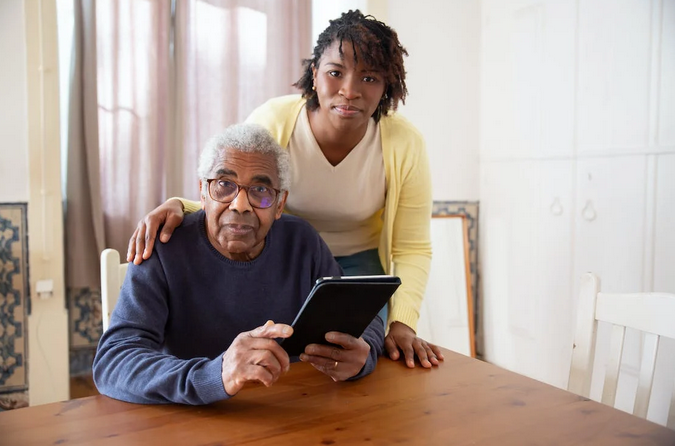When sniffles, sneezes, and a scratchy throat strike, it’s easy to assume it’s just another common cold making its rounds. But in the age of COVID-19, distinguishing between a run-of-the-mill cold and a potential coronavirus infection is crucial. While both can exhibit overlapping symptoms, there are subtle yet significant differences worth noting. To make sure, conducting pcr covid tests or antigen tests can provide clarity. These tests, often accessible at local healthcare centers or testing sites, detect the presence of the SARS-CoV-2 virus, differentiating between a common cold and a potential COVID-19 infection with higher accuracy. Seeking professional guidance and getting tested can not only confirm the presence of the virus but also assist in taking appropriate measures to prevent its spread to others.
Common Cold: A Familiar Foe

The common cold, caused by various viruses (rhinoviruses being the most common), often presents with symptoms like a runny or stuffy nose, sneezing, sore throat, and occasionally a mild cough. Typically, these symptoms come on gradually and are often milder compared to other respiratory illnesses.
Unveiling COVID-19: Recognizing its Telltale Signs
COVID-19, caused by the SARS-CoV-2 virus, shares some symptoms with the common cold but can also manifest differently. Fever, persistent dry cough, shortness of breath, fatigue, muscle or body aches, loss of taste or smell, and sometimes gastrointestinal issues like diarrhea are among the key indicators of a potential COVID-19 infection. What sets it apart is the severity and persistence of symptoms, which can escalate rapidly in some cases.
The Overlapping Symptoms: Where Confusion May Arise
Both COVID-19 and the common cold can display symptoms such as a sore throat, runny nose, and occasional cough. This similarity often leads to confusion. However, specific symptoms like shortness of breath, loss of taste or smell, and fever (often high and persistent in COVID-19 cases) are more indicative of a coronavirus infection than a common cold.
Time Course and Progression of Symptoms

While the common cold tends to develop gradually over a few days and resolves within a week, COVID-19 symptoms might escalate quickly, leading to severe respiratory issues. Monitoring the progression of symptoms over time is crucial: a sudden onset of significant symptoms, especially breathing difficulties, should prompt immediate medical attention and COVID-19 testing.
Seeking Clarification: When to Get Tested
Given the shared symptoms, it’s advisable to get tested for COVID-19 if there’s uncertainty. This is especially important if you’ve had potential exposure to the virus or if symptoms persist or worsen beyond what’s typical for a common cold.
Prevention and Precautions for Both
Whether it’s a common cold or COVID-19, certain preventive measures remain effective. Regular handwashing, wearing masks in crowded or enclosed spaces, maintaining physical distance, and practicing respiratory hygiene by covering coughs and sneezes are crucial in reducing the spread of both viruses.
Recognizing the differences between COVID-19 and common cold symptoms empowers individuals to make informed decisions about their health. While similarities exist, paying attention to the nuances and seeking guidance when in doubt helps in early identification, appropriate testing, and necessary measures to protect oneself and others from potential infections. Remember, vigilance and awareness play pivotal roles in navigating these times, ensuring a healthier and safer environment for everyone.



